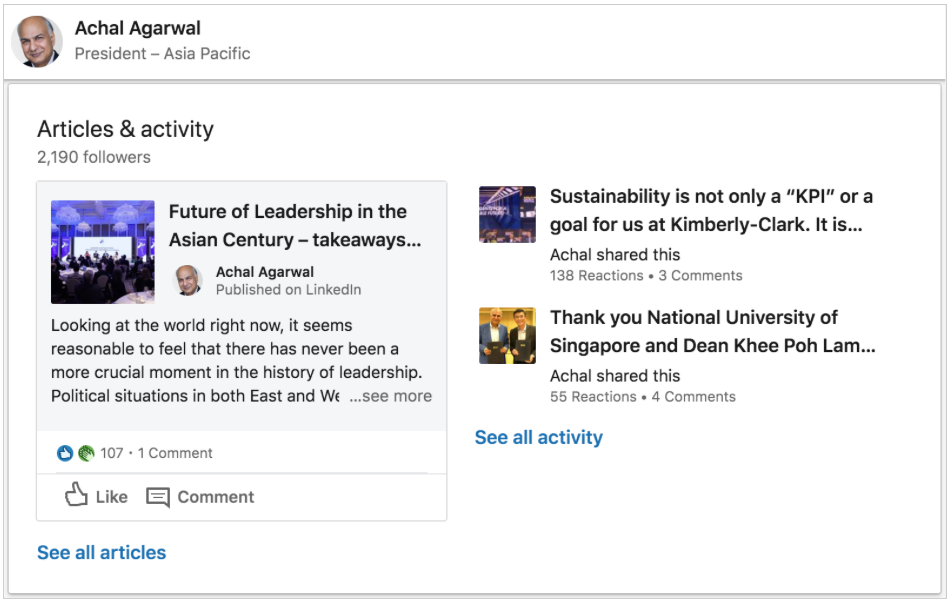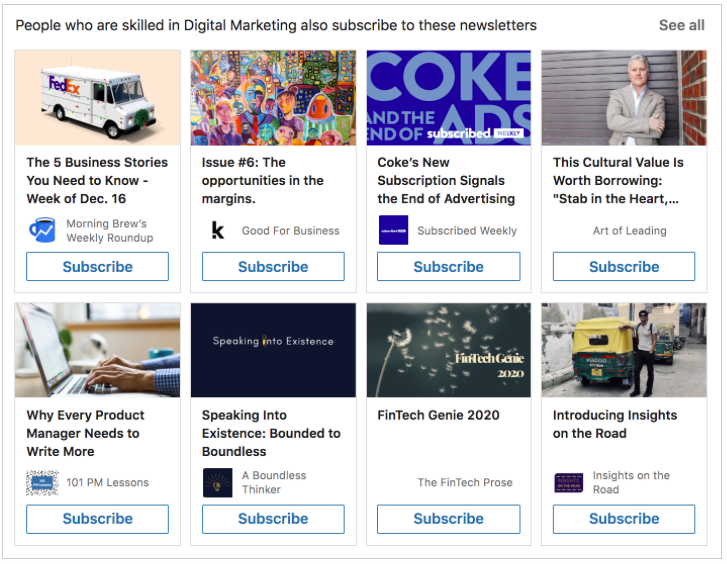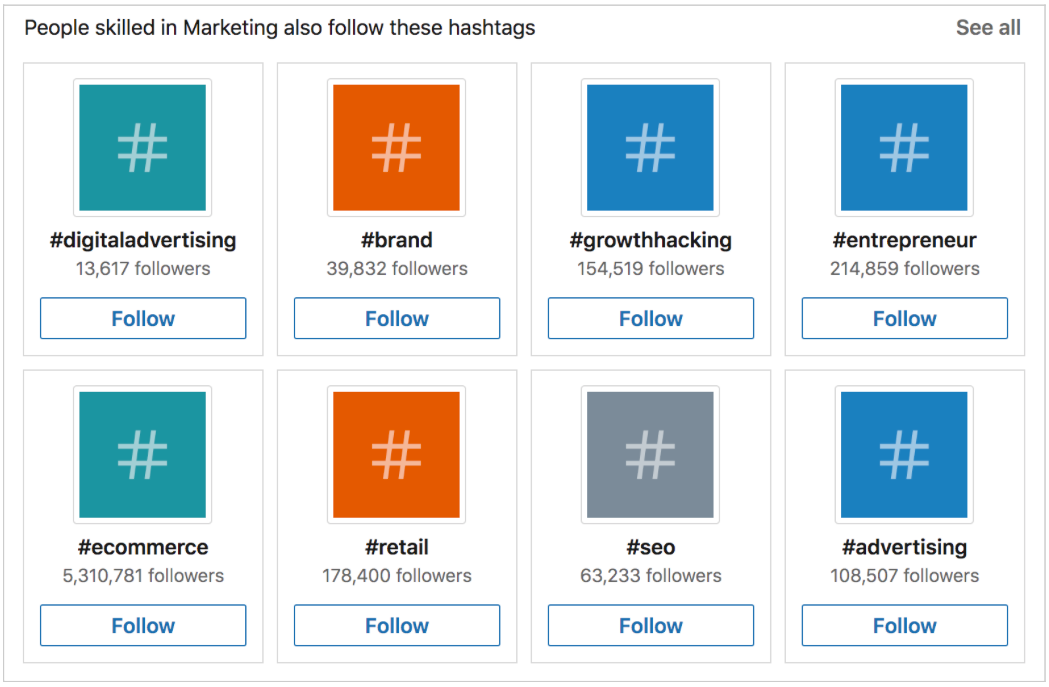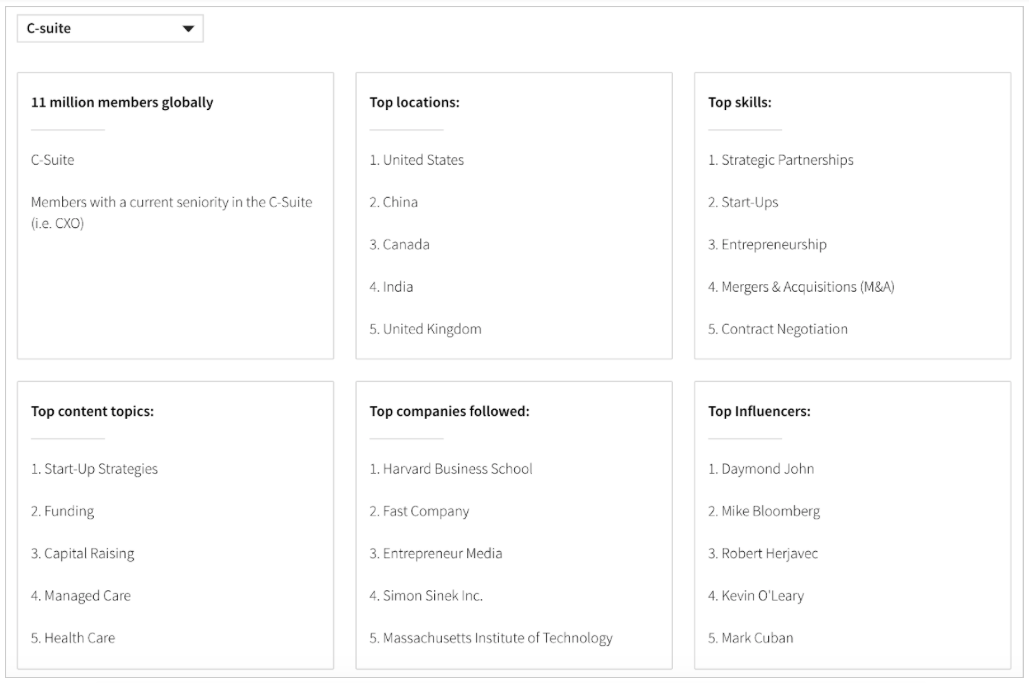It’s 2020 and the rules have changed. Due to the global pandemic, content that may have worked for businesses last year may no longer work this year. Events are now highly restricted or banned, business travel is curtailed, and face-to-face meetings are discouraged, pushing many businesses into unusual circumstances.
The economic disruption may also tempt some companies to suspend all marketing activities and “go dark” but this would be is a mistake. According to a survey of 25,000 consumers globally by Kantar, only around 1 in 10 consumers think brands should “go dark” during this time. And brands that do disappear from view saw a decline in awareness, posing an additional challenge of regaining lost ground.
With that in mind, here are a few ways your business can keep a stable content pipeline as we grapple with the new normal.
Prioritise health and safety
People who engage your brand want to know what’s being done to keep them safe and healthy.
Prepare a list of concerns people are likely to raise and address them right away. For example, you can share about additional steps your employees are taking to ensure customers’ safety, changes to your operating hours or processes, or actions you will take in case of an outbreak linked to your business.
Include this in your social media posts. Place it on your website’s landing page as an FAQ section. Mention these health and safety guidelines in your brochures, videos, and other marketing and communications collateral. Assure people they have nothing to worry about.
Update stakeholders on how you’re helping and adapting
Inform people how your business is making a meaningful difference in the community during this difficult time. It can be about how you’re sharing company resources for free, discounts and concessions offered to customers, or how you’re providing support to your own employees.
Alternatively, you may also have products and services that can help make people’s lives easier during the new normal. If so, share how your products and services are making a meaningful difference and being a solution.
Regardless of the format it takes, remember to show empathy and compassion. It’s a sensitive time for many people, so avoid any action or content that can be seen as trying to take advantage of a difficult situation.
Share insights about the new normal
Amid all the changes this year, you or your business may have gained new insights. Why not share it with your stakeholders? Businesses and consumers constantly want to know how the landscape has changed from last year. You might have discovered a radical approach to a unique challenge, statistics about new customer behaviour, or an observation about a specific industry.
Raise awareness about your business by collecting and analysing these insights and sharing them with your stakeholders. Use what you’ve learnt to tell a story, be it through case studies, narratives, or facts and figures.
Realise that 2020 is not just about COVID
While the pandemic has been a constant background presence this year, an overemphasis on this issue may result in COVID fatigue. Help people take their mind off the pandemic by focusing on non-COVID current issues or life after recovery.
For example, as a result of the Black Lives Matter movement in the US, many companies have begun to lead conversations about promoting workplace diversity and inclusion. You can also inspire your stakeholders to think about and start preparing for life after the recovery phase.
Collaborate with others
Consider finding a trusted partner to help extend your reach, complement your weaknesses, or develop synergies. For example, you can partner with firms that can help you establish an online presence and build up your digital capabilities. It doesn’t have to be limited to just companies: Partnerships can happen with known personalities, non-profits, and government agencies.
Want to build a steady content pipeline of content and do not know how to go about it? We can help — write to us at [email protected].

 Impress your LinkedIn connections. (Source: LinkedIn)
Impress your LinkedIn connections. (Source: LinkedIn)




